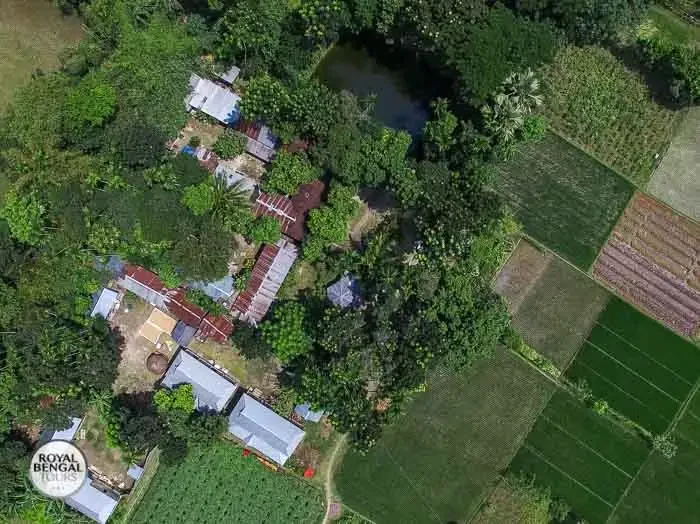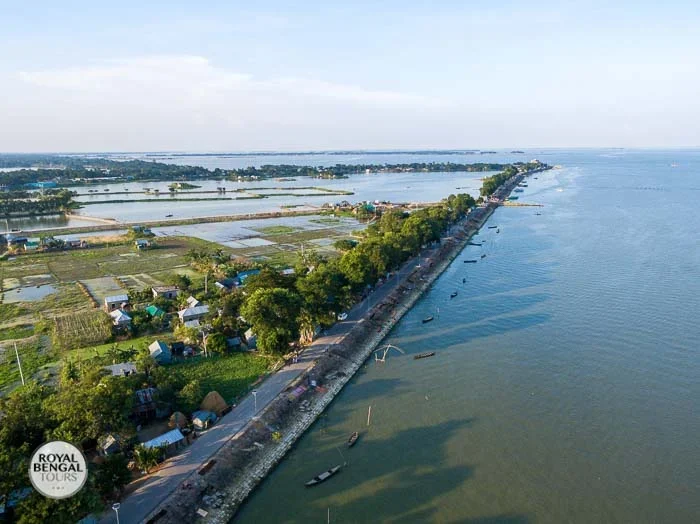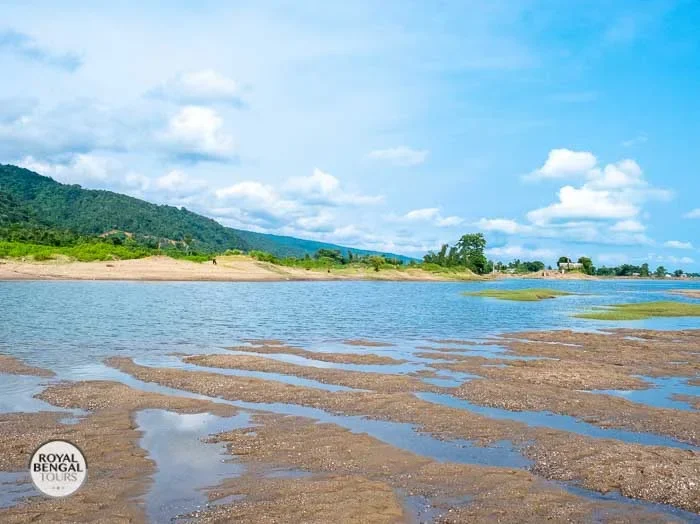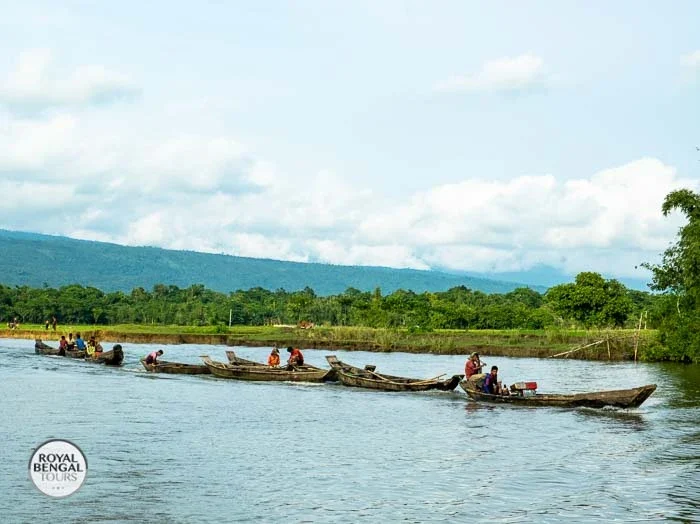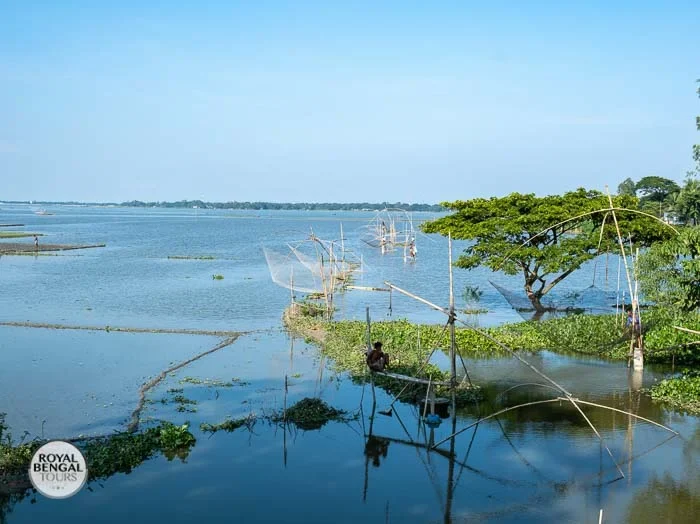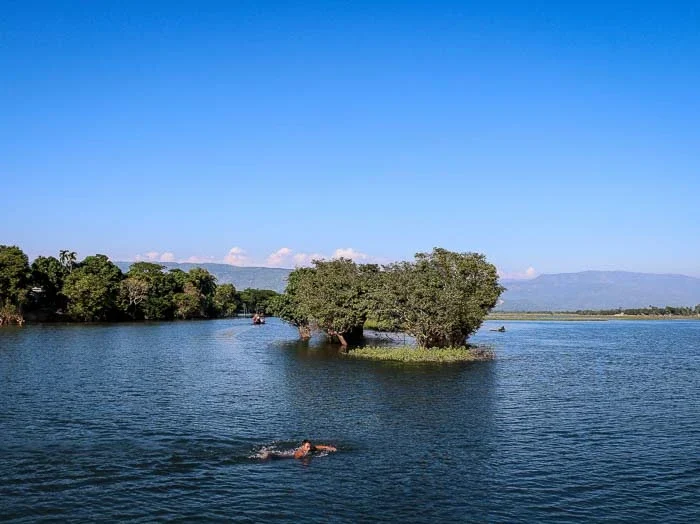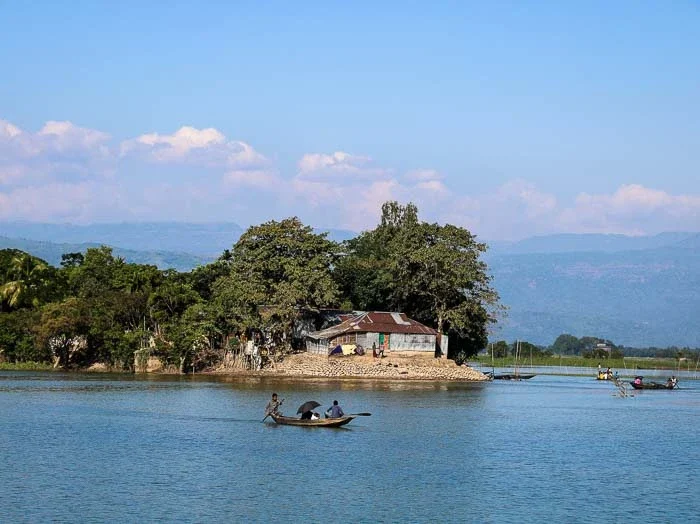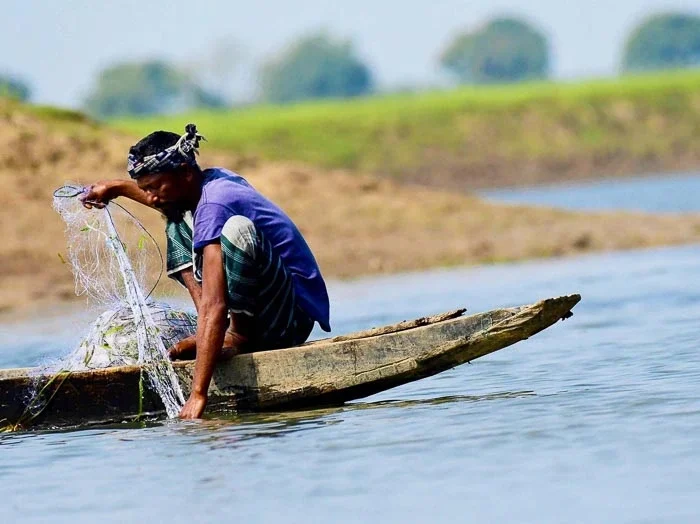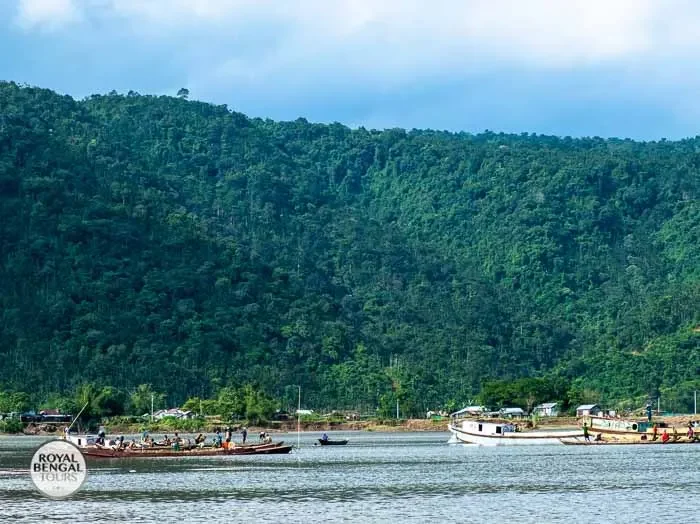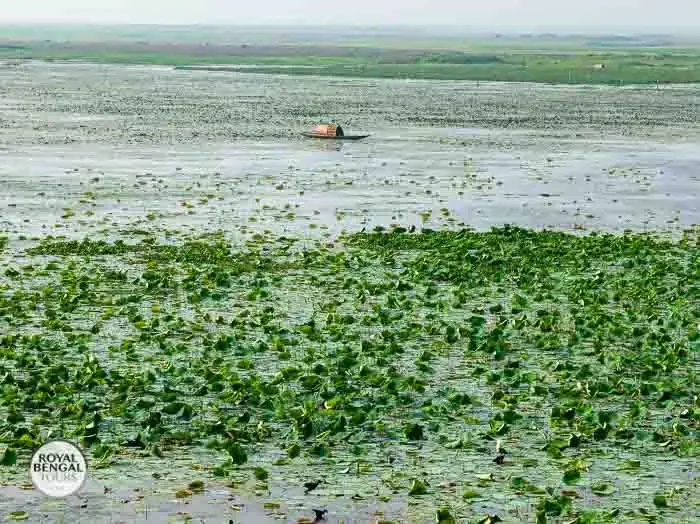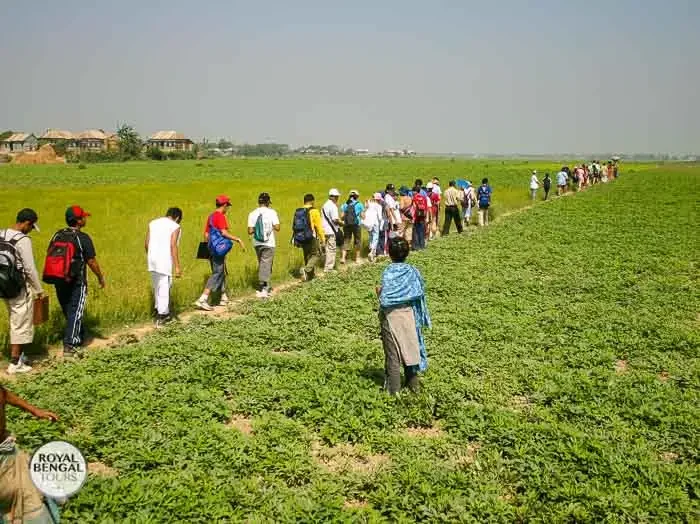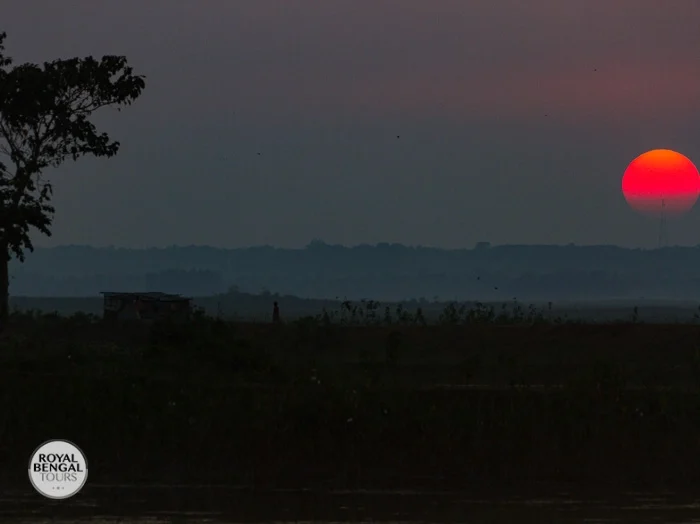Exploring the Country's Biodiversity Hotspots
Haors and Wetlands of Bangladesh
The haors and wetlands of Bangladesh are unique and priceless ecosystems that provide numerous benefits to the people and the environment. Haors are enormous bowl-shaped depressions that are flooded for the majority of the year and become agriculturally fertile during the dry season. Wetlands are areas where water covers the soil or is close to the surface, including rivers, lakes, marshes, wetlands, and peatlands. Haors and wetland ecosystems comprise approximately 7% of Bangladesh's land area and support over 20 million people.
Bangladesh’s haors and wetlands are significant for a number of reasons. First, they are also home to plenty of rare and endangered plant and animal species, such as the Bengal tiger, the Asian elephant, the Gangetic dolphin, the white-rumped vulture, and the water lily. Second, they also provide essential ecosystem services such as water purification, flood control, climate regulation, carbon sequestration, and nutrient cycling. Thirdly; the haors contribute to the health and survival of millions of people around, who depends on them for food, water, medicine, fuel, recreation, and cultural identity.
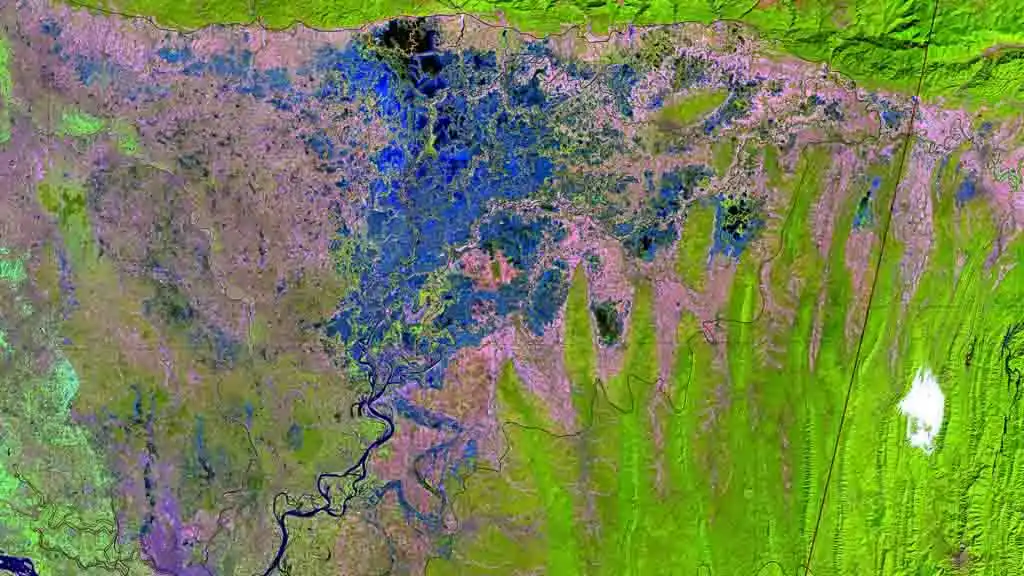
Here are some Bangladeshi haors and wetlands that are worth exploring:
Hakaluki Haor
Hakaluki Haor, located in the northeastern region of Bangladesh, is one of the country’s major wetlands. It is home to numerous bird species, such as the globally threatened Baikal Teal and the Greater Adjutant.
Tanguar Haor:
Tanguar Haor, located in the Bangladeshi district of Sunamganj, is a distinct ecosystem that is home to numerous fish and bird species. Several endangered species reside there, including the Swamp Francolin, the Ferruginous Duck, and the Oriental Darter.
Sundarbans Mangrove Forest
The Sundarbans Mangrove Forest in southern Bangladesh is a UNESCO World Heritage Site and the largest mangrove forest in the world. It is home to a variety of avian species, such as the Masked Finfoot, the Pallas’s Fish Eagle, and the Black-capped Kingfisher.
Chalan Beel:
Chalan Beel, located in northern Bangladesh, is a freshwater wetland that is home to numerous fish and avian species. It is home to numerous migratory avian species, such as the Common Teal, Garganey, and Northern Pintail.
However, the sustainability and resilience of Bangladesh’s haors and wetland ecosystems are threatened by many challenges. Some of these obstacles are:
– Climate change:
Climate change impacts the hydrological cycle and alters the patterns of precipitation, temperature, evaporation, and sea level rise. This can result in more frequent and intense floods and droughts, increased salinity intrusion, decreased water availability and quality, increased erosion and sedimentation, loss of wetland habitats and biodiversity, and heightened community vulnerability to natural disasters.
– Human activities:
Human activities such as agriculture, urbanization, industrialization, infrastructure development, mining, fisheries, and aquaculture have converted, degraded, and fragmented haors and wetlands. This can result in a loss of ecosystem functions and services, a reduction in the productivity and diversity of natural resources, an increase in pollution and contamination, a rise in conflicts over resource use and management, and a decrease in the adaptive capacity of ecosystems and people.
– Institutional constraints:
Institutional constraints, such as a lack of awareness, knowledge, coordination, participation, governance, and policy support, have impeded the effective conservation and management of haors and wetlands. This can result in inadequate recognition of the values and benefits of haors and wetlands, insufficient allocation of resources and incentives for their protection and restoration, weak enforcement of laws and regulations, a lack of stakeholder participation and empowerment, and the absence of haors and wetlands in national development plans and strategies.
To address these challenges and improve the resilience of Bangladesh’s haors and wetlands, it is necessary to adopt a holistic strategy that takes into account both the ecological and social aspects of these ecosystems. One of these approaches is an ecosystem-based adaptation (EbA), which is defined as “the use of biodiversity and ecosystem services as part of an overall adaptation strategy to help people adapt to the adverse effects of climate change” (CBD, 2009). EbA seeks to preserve or restore the health and functionality of ecosystems so they can continue to provide benefits to humans in a climate that is changing. EbA also entails empowering local communities to participate in haors and wetland management decision-making processes.
Haors and wetlands are essential to the biodiversity of Bangladesh, as they provide a habitat for numerous species of birds, fish, and other animals. These regions offer a distinct and diverse ecosystem that nature enthusiasts and adventurers should explore. Whether you are interested in bird viewing, fishing, or wildlife photography, exploring Bangladesh’s haors and wetlands is worthwhile.
